Freetrail’s Ultimate Trail Running A-Z Encyclopedia
Whether you’re new to the trails or a seasoned 100-mile finisher, it might seem like the trail running community is speaking a foreign language at times. Trail talk is not just a barrier to entry for newer runners, not understanding the jargon can make racing much harder and more dangerous than it needs to be! Yes, learning the lingo can be performance (and enjoyment) enhancing!
Our Trail Running A-Z Encyclopedia is non-exhaustive, and if you think we are missing terms, let us know!
A
Aid station: A designated point along a trail race where runners can access water, snacks, or other supplies.
B
Baby heads: Aka “softballs” or “death cookies”; Loose rocks on the ground the size of a softball or baby head that are tricky to avoid and a certain injury/ slip risk if you step on one; Momentum-sapping terrain that may be better to hike on than run.

Blazing a trail: The act of creating a new trail or path through previously uncharted terrain.
Blow up: To suddenly and dramatically lose energy and performance during a race, often due to exhaustion or inadequate pacing or nutrition.
Bonk: A sudden and severe depletion of energy and glycogen stores during a long run, resulting in extreme fatigue and reduced performance.
Buckle (belt buckle): A unique prize or award, often in the form of a belt buckle, given to finishers of some ultramarathons or trail races, similar to a medal.
Bushwhacking: Navigating through dense vegetation or off-trail wilderness areas, often encountered in trail running when the trail is not well-defined.
C
Crew: One or more individuals who provide support, aid, and encouragement to a runner during a race, often assisting with supplies and logistics.
Crew chief: For runners with more than one crew member, the crew chief is the captain of the team and helps ensure all members are working together to support their runner.
D
Dales: Alleys or glens, typically with lush greenery, and are commonly traversed by trail runners in hilly or mountainous regions.
DFL (Dead F**king Last): Used in running to humorously refer to the runner who finishes in the very last position in a race.
DNF (Did Not Finish): Indicates that a runner started a race but did not finish, often due to injury, time cutoffs, or poor pacing or nutrition strategies.
DNS (Did Not Start): Indicates that a runner registered for a race but did not actually begin the event, often due to injury, illness, or other personal circumstances.
DOMS (Delayed Onset Muscle Soreness): Muscular soreness and discomfort that typically occurs 24-48 hours after intense or unfamiliar exercise, also commonly induced by eccentric muscle contractions caused by running downhill.
Doubletrack: Two single track trails put together: Two people can run or bike in the same direction next to one another: About a car-width across; Can be technical or not.
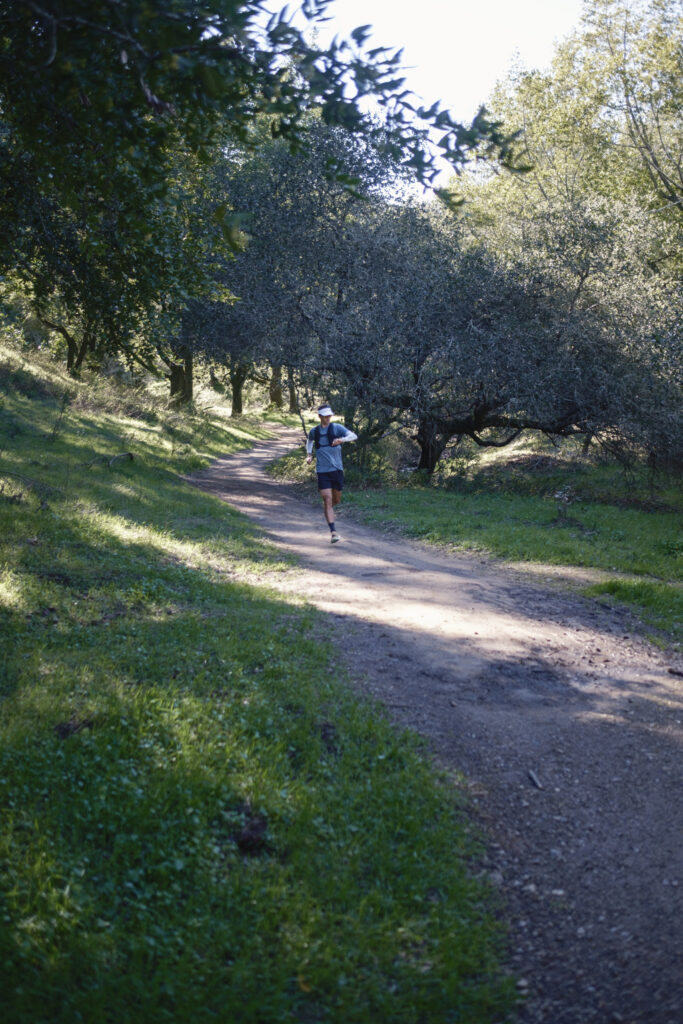
Douche grade: A subtle, runnable uphill that appears deceptively flat: nothing too challenging when you’re feeling good, but as you fatigue, the grade starts to feel more like Everest!
Drop bag: A bag placed at a prearranged location along a trail race route where runners can leave personal items like supplies or clothing to be retrieved during the race for added convenience and support.
E
Elevation: The measurement of how high above sea level a trail is, which can affect the difficulty of a trail run.
Even split: Running each section or half of a race at a consistent and equal pace; Very challenging to do!
F
Fat ass: A type of informal, low-key trail race or event, often organized with minimal support or fees.
Fells: High, barren, and often rocky landscapes, commonly found in upland areas like the English Lake District, popular for trail running.
FKT (Fastest Known Time): A record for the fastest time taken to complete a specific trail or route, often a competitive aspect of trail running.
Fuel: The nutrition and hydration (food, snacks, gels, and drinks) that trail runners consume to maintain energy levels and hydration.
G
Gnarly: Describes challenging or difficult trails and terrain, often featuring rugged and technical sections.
Golden ticket: An entry or qualification to a prestigious trail race, most commonly the Western States Endurance Run (WSER), often awarded to top finishers in other races.
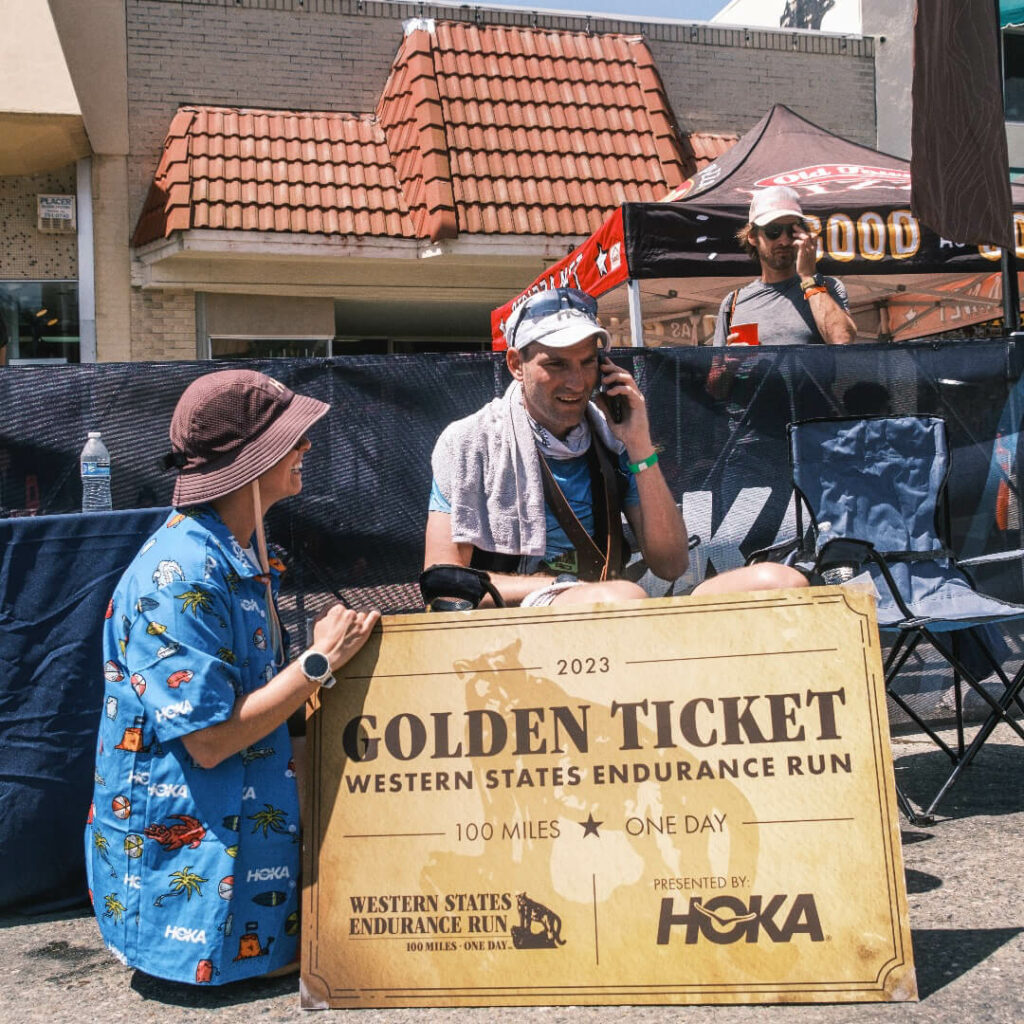
Greasy: Slippery terrain with poor traction; E.g. slightly wet wooden surfaces or rocks.
Gut bomb: Consuming a large, heavy meal before a run, which can lead to digestive discomfort or issues during the race.
Gut training: The practice of conditioning the digestive system to handle various foods and hydration strategies during long-distance trail running. An effective way for runners to increase the amount of fuel they can tolerate while running, usually performance-enhancing. Also called “GI training”.
H
Hill strides: Short, fast bursts of running uphill, often used as a warm-up or to improve running form and speed, often 30 seconds or less.
Hydration pack or Vest: A backpack-like water reservoir that allows trail runners to carry water and stay hydrated during long runs. Also known as “hydration bladder” or “water reservoir”.
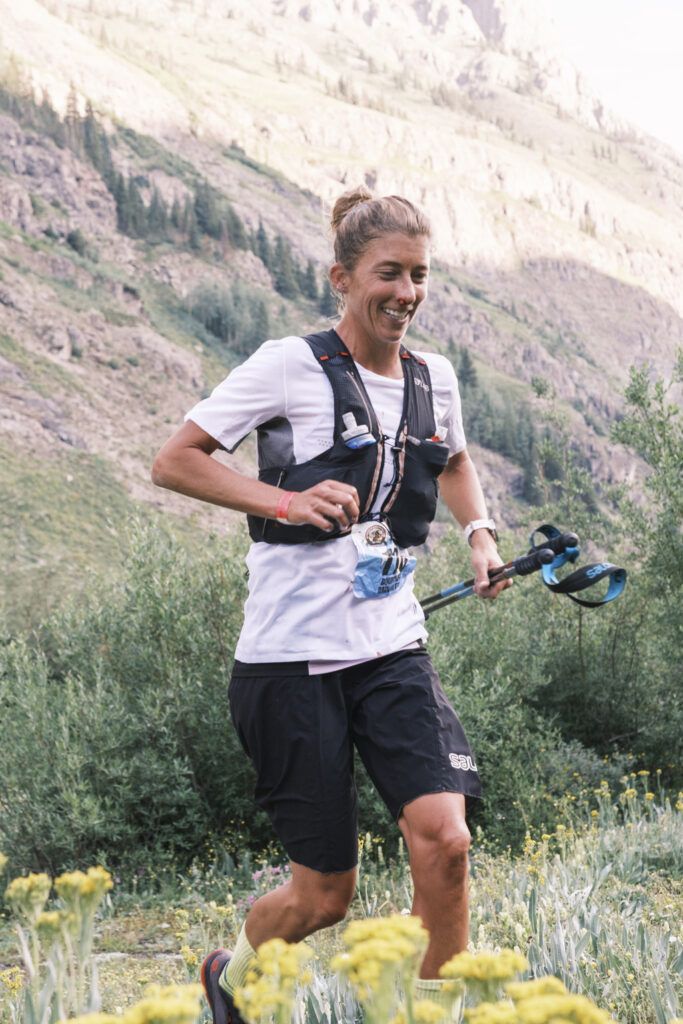
I
IPOS: Stands for “Injured Piece of Sh*t” and pokes fun at runners’ tendency to ignore aches and pains, and to continue running through niggles and injuries, often making them worse!
J
Junk miles: Low-quality or unnecessary training miles that do not contribute significantly to a runner’s progress or performance. Many of us would argue that these do not exist.
K
Kick: A sudden burst of speed and effort by a runner, often used to out-sprint competitors or finish a race strongly.
Kitty litter: Type of terrain made up of very fine little rocks; Rocks are too little to avoid, similar to gravel; Kitty litter on a hard, firm surface makes skidding and slipping very likely as traction is very poor.
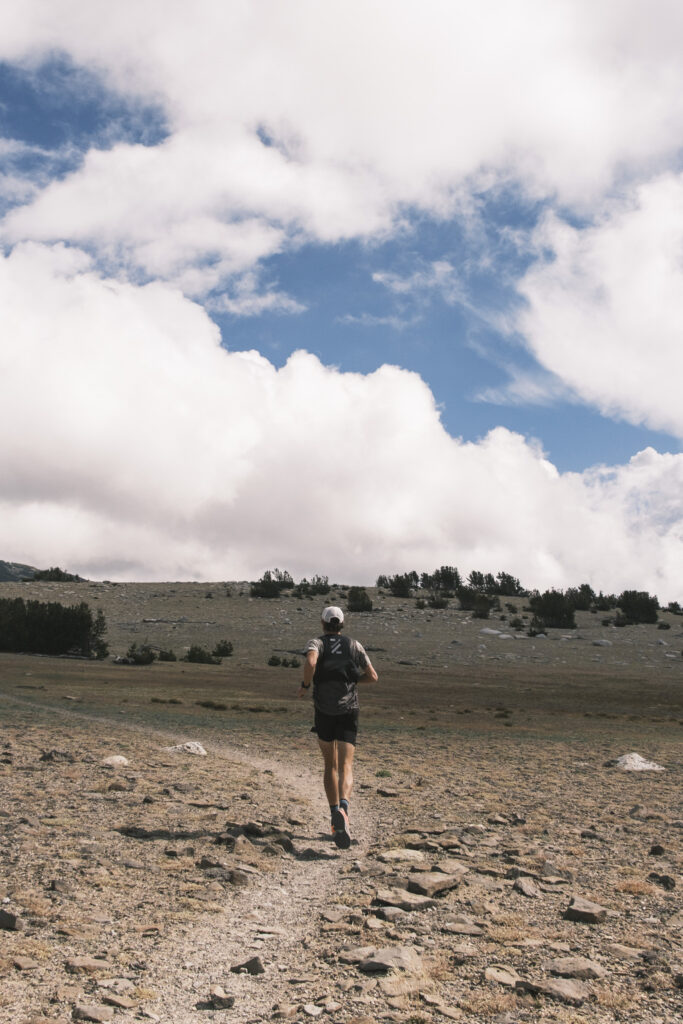
L
Lollipop: A race course or route that starts and finishes at the same point but includes an extended loop in the middle, resembling a lollipop shape on a map.
Loop: A trail or race course that follows a continuous circular path, returning to the starting point without retracing the exact route.
Lottery: A method of entry selection used for popular trail races where interested participants submit their names, and a random drawing determines who gets to participate. In 100-mile land many runners’ year revolve around the WSER, Hardrock, and UTMB lotteries.
Lugs: A feature of many trail running shoes; The protruding, specialized traction elements on the outsole that provide grip and stability on various terrains.
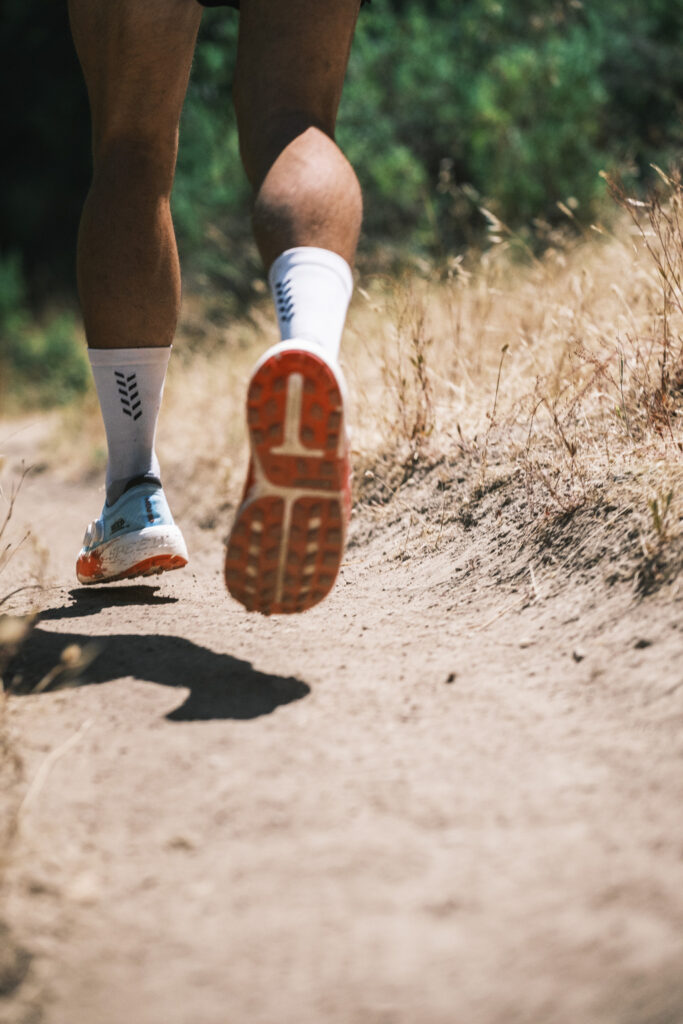
M
Mud run: A type of trail race that involves running through muddy or wet sections of a trail.
N
Negative split: Running the second half of a race at a faster pace than the first half, often considered the most effective pacing strategy for marathons and shorter distances.
Niggle: A minor or nagging injury or discomfort that may affect a runner’s performance or comfort.
O
Orienteering: A navigation sport where participants use maps and compasses to navigate through unfamiliar terrain, often on a timed trail course.
Out-and-back: A type of trail or course that follows the same route for the outbound and return portions, starting and finishing at the same point.
P
Pacer: A runner who joins another participant during a race, typically in the later stages, to provide companionship, motivation, and guidance; Most common in North American races than those elsewhere in the World.
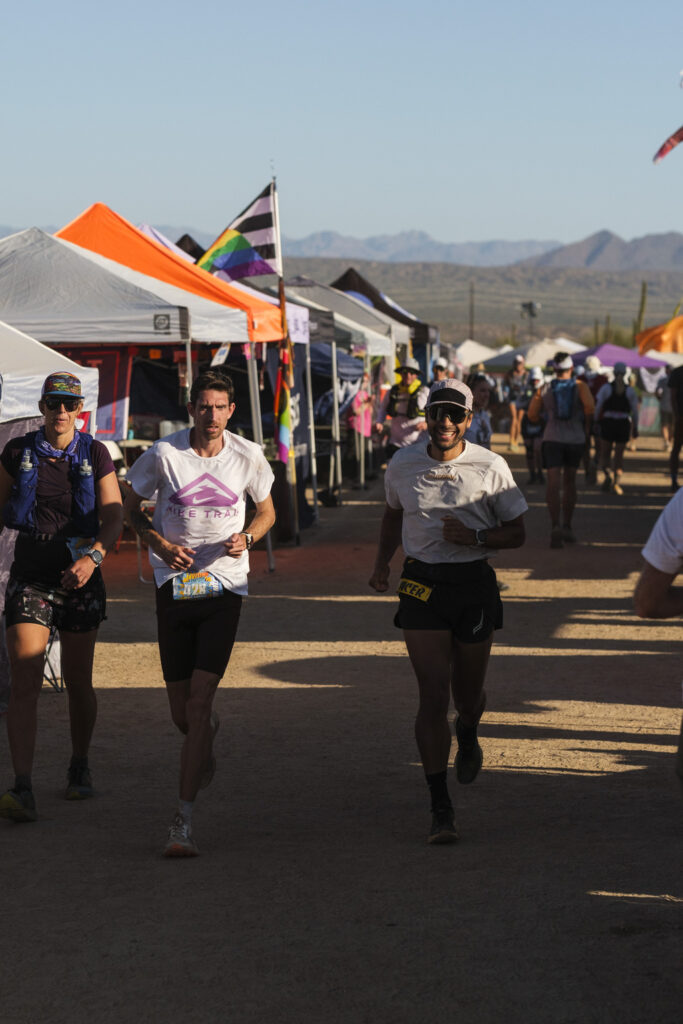
Peaking: The period of a runner’s training cycle when they are in optimal physical condition, typically (and ideally) just before a major race.
Point-to-point: A type of trail race where the start and finish locations are different, requiring transportation between the two points.
Positive split: Running the first half of a race at a faster pace than the second half, often the preferred pacing strategy in ultramarathons but not in shorter distances.
Power hiking: A strategy used by trail runners to conserve energy while ascending steep or challenging terrain by briskly walking instead of running.
Q
Quad-busting: Describes a trail or section of a trail that is particularly strenuous on the quadriceps muscles due to steep descents or ascents.
R
Rock plate: A protective layer or insert typically placed in the midsole of the shoe designed to shield the runner’s foot from sharp rocks, roots, and other potentially painful or injurious trail hazards.
Runnable: A trail or section of a trail that is suitable for running without significant obstacles or technical challenges that would require hiking or climbing.
S
Scrambling: Using hands and feet to climb or maneuver over rocky or rugged terrain, often encountered in technical trail running.
Self-supported: A runner carries all necessary gear and supplies independently during a race or run, without external assistance.
Singletrack: A narrow trail designed for one runner at a time, often winding through dense vegetation or rough terrain.
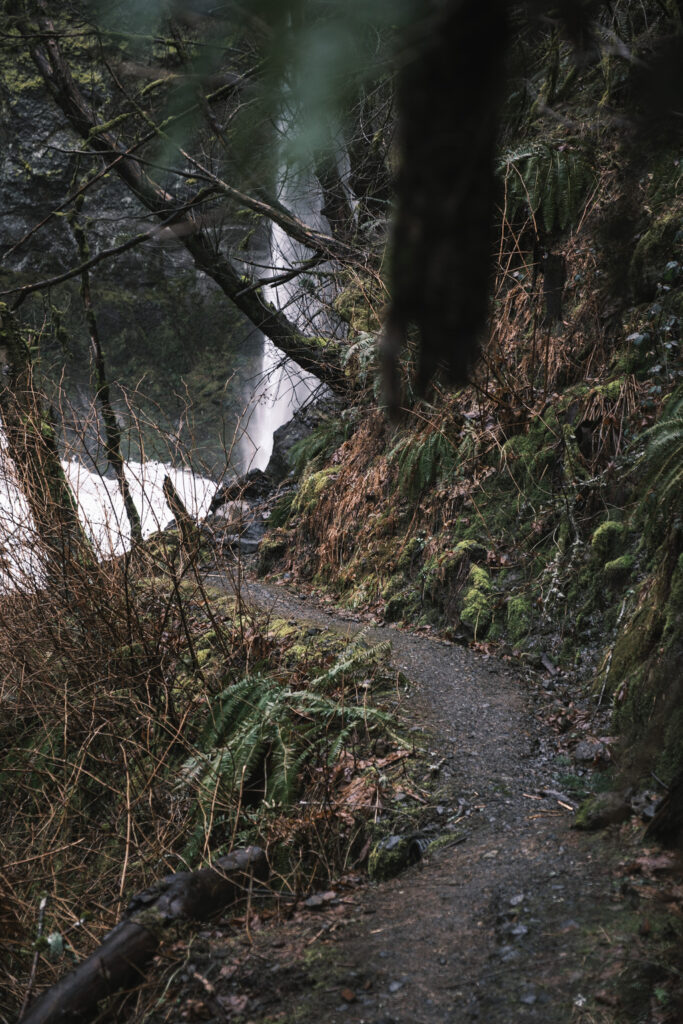
Skyrunning: A type of trail running that takes place in high mountain terrain, often involving technical sections and significant climbing and descending.
Split: The time it takes to complete a specific portion or segment of a trail race, often used to assess pacing and performance.
Strides: Short, fast bursts of running with an exaggerated range of motion, often used as a warm-up or to improve running form and speed, often 30 seconds or less.
Sufferfest: A challenging trail run or race that involves significant physical and mental hardship, often used to describe tough endurance events, and often the result of improper preparation,
inclement weather, injury, poor pacing and nutrition strategies, and fatigue.
Supported: A race or run where participants receive assistance, such as aid stations with supplies or crew support, during the event.
Swag: Refers to the free or promotional items, often including clothing, gear, or accessories, that participants receive at trail races or events.
Switchback: A sharp turn or zigzag in a trail to help runners ascend or descend steep slopes more easily.
T
Tacky: Sticky and grippy terrain with good traction; Not too sticky or greasy; Ideal for running on!
Tapering: Reducing training volume and intensity in the days and weeks leading up to a race to allow the body to recover and be at its best on race day.
Technical: Refers to the level of difficulty and skill required to navigate certain trails, particularly those with challenging terrain or obstacles.
Terrain: The type of ground or landscape encountered while trail running, which can range from rocky and rugged to smooth and grassy.
Time cutoffs: Designated points along a trail race route where runners must reach within a specified time limit to continue in the race.
Timed-out: When a runner fails to reach a specific checkpoint or finish line within the allotted time and is disqualified from the race; A common reason runners DNF long races.
Trail: The natural path or route that trail runners follow, often through forests, mountains, or other natural landscapes.
Trail etiquette: The established set of polite and considerate behaviors that trail users, including runners, should follow to ensure a positive and safe experience for all. (E.g. Don’t litter.)
Trailhead: The starting point of a trail, often marked with signs and information for runners.
Trail marker/blaze: Symbols or markers on the trail used to indicate the correct path or direction.
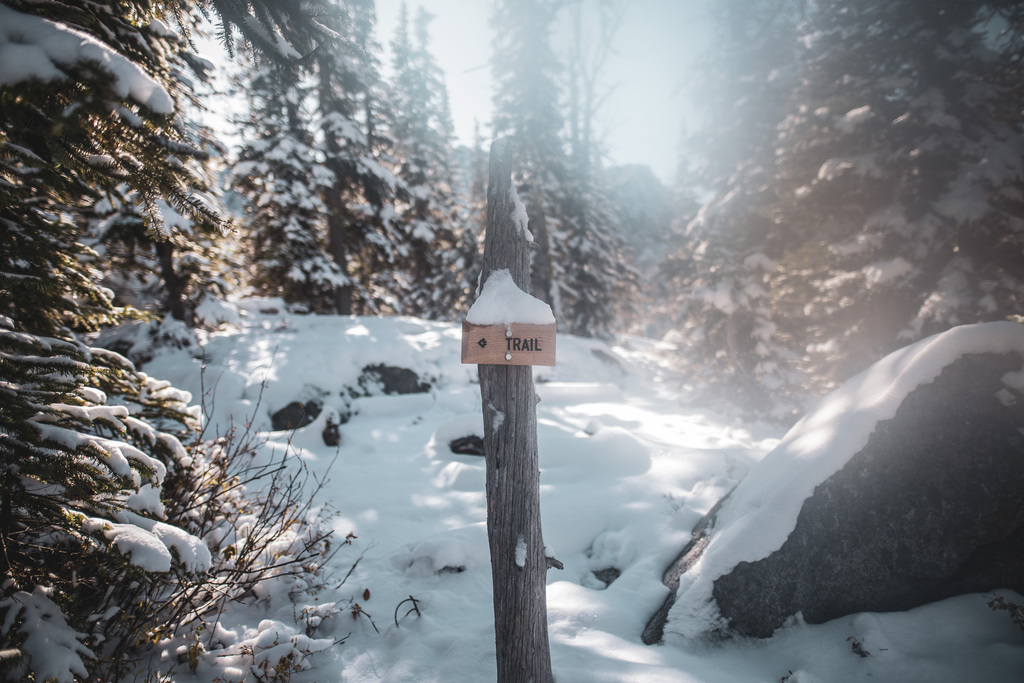
Trail name: A nickname used by trail runners to identify themselves on the trails or within the trail running community, often gifted to athletes by their trail running peers.
Trail race: Organized running events on trails, ranging from 5K races to ultramarathons; No one defined distance; Distances are often approximate and less accurately measured than road races.
Trail shoes: Footwear specifically designed for trail running, featuring rugged soles and durable materials for better grip and protection.
Trekking poles: Lightweight, collapsible poles used by hikers and trail runners to improve stability and reduce strain during uphill and downhill sections of a trail. Also known as “wizard sticks” or simply “poles”.
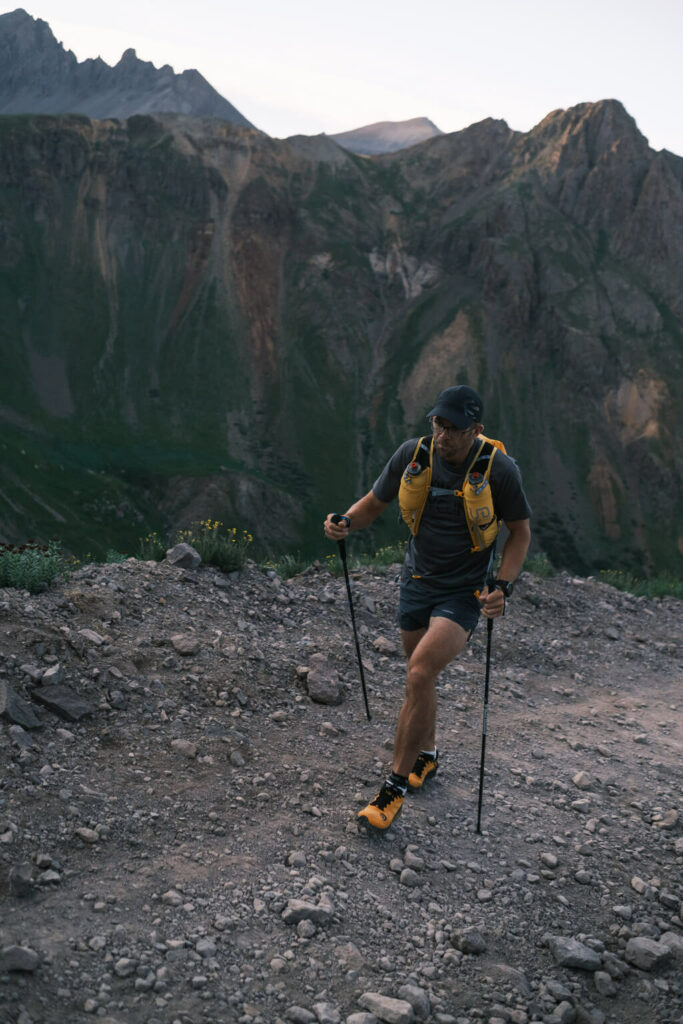
U
Ultramarathon: A race longer than the traditional marathon distance (26.2 miles or 42.195 kilometers), often on challenging trails and varying terrain.
V
Vert: Short for vertical gain the total elevation gain, typically measured in feet or meters, experienced during a trail run or race.
Vertical gain: The amount of elevation climbed during a run or segment; Not the total elevation change, just the elevation gain.
Vertical Kilometer (VK): A race or route with a steep ascent of 1,000 meters (approximately 3,280 feet) over a relatively short distance, such as a 5km, testing runners’ uphill abilities.
W
Widow makers: Overhead trail hazards that pose serious harm to anyone on the trail if they fall, such as dead tree branches or birds’ nests.
Washout: Sections of trails that have been destroyed or washed away by heavy rain, flooding, or erosion.
Wilderness: Remote areas of vegetation, largely untouched and uninhabited save for wildlife and animals. Also refers to Federal lands, protected under the Wilderness Act of 1964, with limited access to or interference by motorized vehicles and large groups of people.
X
X-Train/Cross training: For runners, cross training refers to any non-running activity, such as cycling, swimming, and skiing.Typically, cross training activities are less impactful than running, thus are thought to carry a smaller risk of injury. Training commonly undertaken by injured athletes unable to run. Strength training is also a form of cross training, but is often categorized separately. may or ma
Y
Z
Zero-drop shoes: Shoes that have completely flat soles, meaning there is no difference in the height of the heel of the foot and toes when wearing. Most footwear have a “drop”, on average, of 8-12mm, elevating the heel 8-12mm above the toes, whereas there is 0mm difference between the height of the heel and toes in zero-drop shoes.
